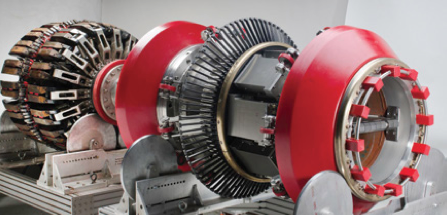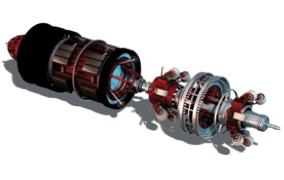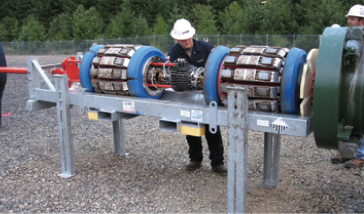It’s hard to remember that only around three decades ago in the world of pigging (almost considered an ‘art’ in those days, not the ‘science’ which it has become) the question of high resolution versus low resolution was one of the main issues being wrestled with in the early developments of the inspection industry, and the difficulties presented by unpiggable pipelines were only just beginning to be acknowledged.
The intervening years have, of course, seen massive advances in this industry. But surprisingly, some matters remain sources of concern, and some problems have not come any closer to solutions than they were in the days of typewriters. The inspection industry is not in the latter category: superb high-technology solutions have been developed using some of the most advanced and reliable technology in existence, paralleling the aerospace industry, and featuring detailed assessments down to millimetric sizes. Inspection data interpretation has also advanced to the stage where it’s no longer a black art. Survey results can be examined and analyzed on a client’s own PC or laptop, the thought of which was almost unheard of only a decade ago. But still, some basic questions remain unanswered, probably the most basic of all being “how clean is my pipeline?”, “how do I prevent my pipeline from being damaged by third parties?”, and “what is the best design for a pig launcher and receiver?”
The pigging industry has developed a tremendous range of techniques and technologies, and it is probably fair to say that there are few pipelines in the world that cannot be cleaned and inspected, although the success of such operations will often depend on the available budget. There is, however, a fantastic global resource of expertise, equipment, and experience in the pigging and inspection industry, and its successful application is evidenced by the rarity of failures in today’s pipelines; in which millions of liters and cubic meters of hazardous materials are transported daily around the world without any negative effects on the communities through (or under) which the pipelines pass.




















Comments and Discussion
There are no comments yet.
Add a Comment
Please log in or register to participate in comments and discussions.